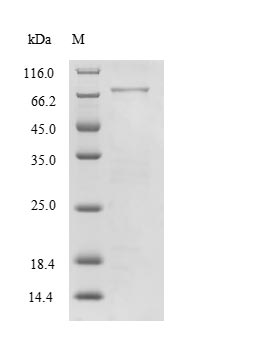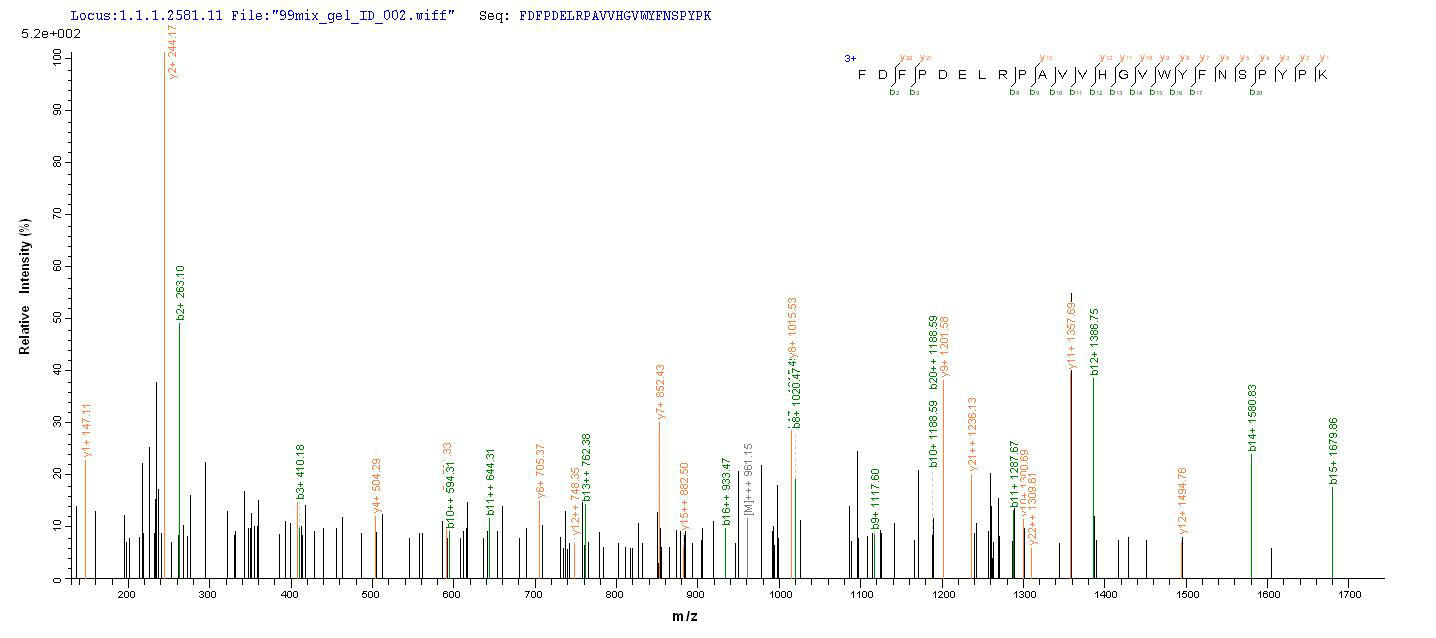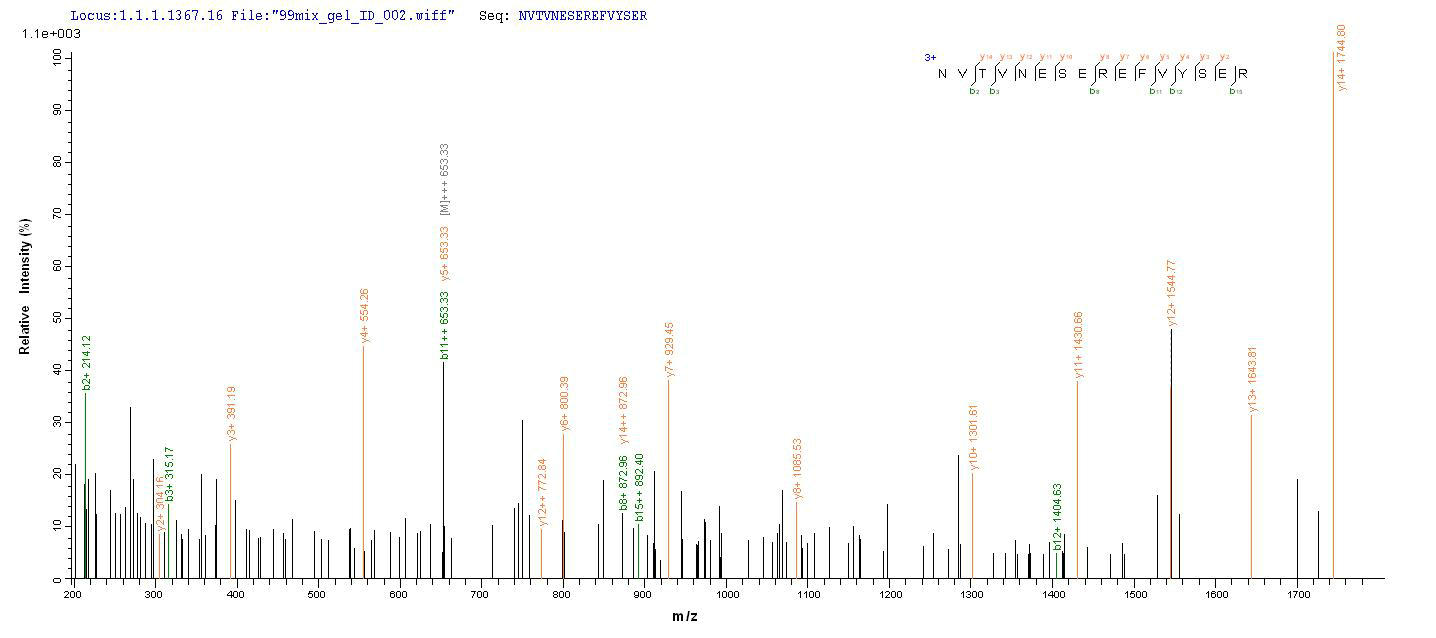Take your cell adhesion research to the next level with our premium Recombinant Human MAG protein. This extracellular domain (20-516aa) protein is expressed in the reliable and well-established E.coli system, ensuring a robust production of high-quality protein. Featuring an N-terminal 6xHis-SUMO-tag, our Recombinant Human MAG protein allows for efficient purification and detection, providing you with a consistent and trustworthy product for your scientific investigations.
As a key component in cell adhesion studies, our Recombinant Human MAG, also known as Myelin-associated glycoprotein or Siglec-4a, is designed to offer exceptional purity, greater than 90% as determined by SDS-PAGE. Available in both liquid and lyophilized powder forms, this remarkable protein is expertly engineered to support your research in the intricate world of cell adhesion, providing an accurate and reliable tool to uncover new insights into cellular interactions.








